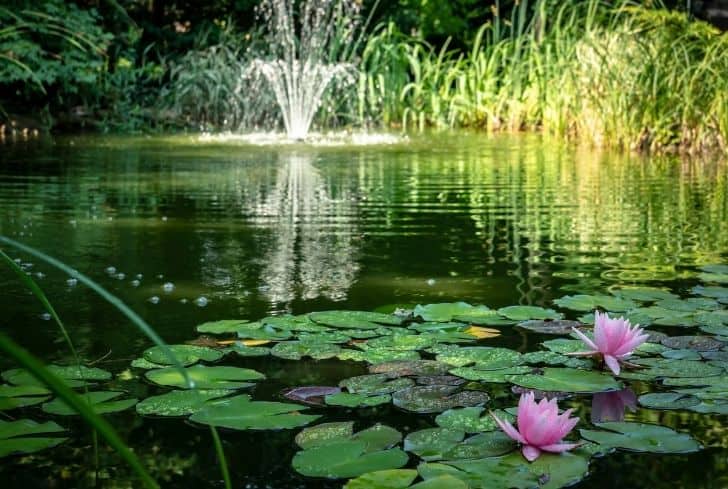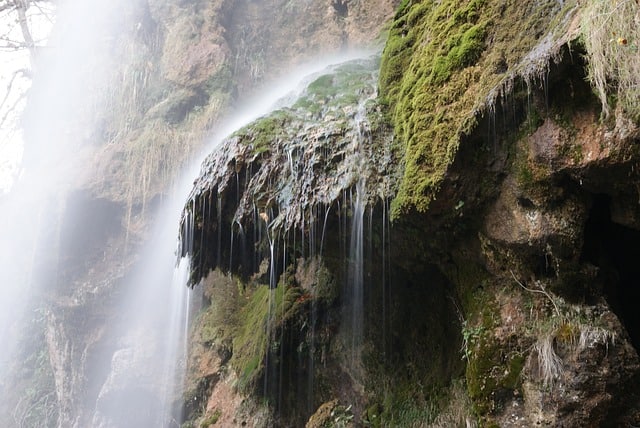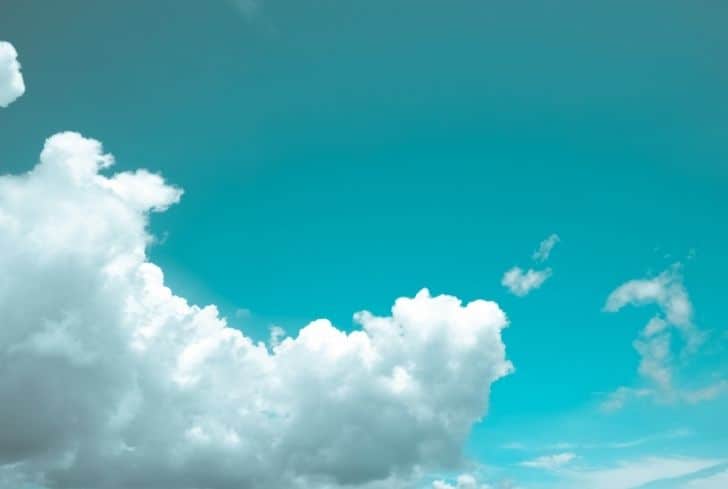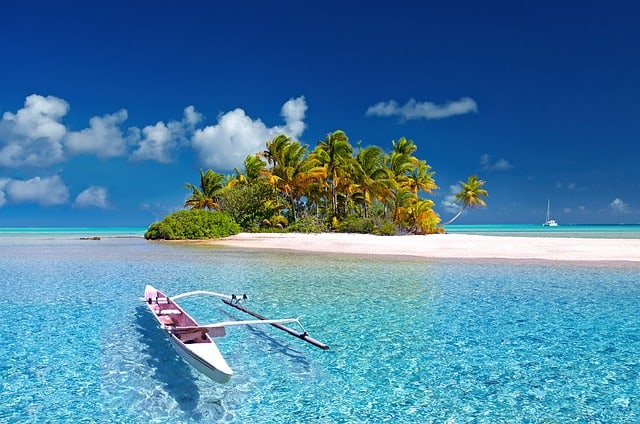Do Ponds Need Filters? (And Why?)

A pond is a small body of still water. It’s different from a lake or a pool and can be formed by artificial or natural means. The most common ponds in homes are artificial ponds. Ponds are shallow water bodies with diverse aquatic plants and animals.
They are usually filled with still water, marsh, and aquatic plants. In natural ponds, the soil, plants, and animals live in harmony, without the need for filters. No one comes around to clean or aerate it.
There’s no large-scale filtration system in place to keep the water safe. Everything occurs naturally. However, if you’re a gardener or fond of ponds, you might need to consider the use of filters for an artificial one. Apart from the fact that clean ponds beautify homes and the environment, they give it a clean and fresh scent.
A naturally-balanced pond in your backyard is an affordable luxury that every homeowner can enjoy. How do you properly maintain your pond? A simple understanding of pond maintenance would assist you in keeping your pond looking lovely and running at its best throughout the season. In this article, we’ll go over why you might need a filter for your pond.
Do You Need a Filter For a Pond?
Pond filters are beneficial in ponds with a high number of fish because they remove waste products from the fish and plant debris. It allows the water to remain clear, and in turn, a healthy ecosystem is preserved.
The pond’s size, quantity and type of fish, and the amount of space available to accommodate the filter should be considered when selecting a filter for your pond.
Filters are unnecessary in simple ponds with few or no fish. In regular-sized ponds, a pond filter is required to achieve one or both of the following: clean, clear water, or a fish-friendly habitat. The use of a pond filter and clarifier can help to keep pond water from turning green. It is required if you want pure water and healthy fish.
Ponds in direct sunlight or with koi fish may require additional assistance to maintain crystal clear water. The size of the pond filter you install is entirely up to you. There are different types with different uses. Some examples include internal filters, external pressurized filters, and external pump-fed filters.
Does a Pond Need a Filtration System And Why?
One of the most important aspects of keeping a pond or water garden healthy is the water quality. This is especially true if you have fish and aquatic plants in it. A sound pond filtration system is required to maintain good water quality. Why is it so important?
If you put yourself in a fish position, it’s easier to understand why a filter is essential for your pond. The fish live, eat, sleep and release their waste in the same water. If the water isn’t cleaned or filtered, it could have detrimental effects on the health of the fish. This is especially true for those that are sensitive to minimal environmental changes, like koi fish.
Think of a pond without a filter, like a house with no toilet. It’s common to come across ponds that lack a filter. In many cases, gardening enthusiasts believe they have a sizeable filter for their pond, only to discover that it’s insufficient. Every pond needs a proper filtration system for the fish to enjoy a healthy and comfortable life.
There are two main types of filtration systems, and it’s essential to know the differences between them. The mechanical and biological filtration systems are the types, and the former filters the water by removing solid wastes. This is not enough.
The main problem with the mechanical filtration system is that it removes only solid waste, leaving behind toxic substances like ammonia that have dissolved in the water.
So the water appears clean, but it’s still bad for the fish, as it still contains dissolved wastes. You should note that clear water doesn’t necessarily mean good water. Not only must solids and dangerous compounds be removed from the pond water, but they must also be decomposed and purified.
Decomposing toxic compounds is where the biological filtration system comes into play. Biological filtration uses the help of micro-organisms such as bacteria to detoxify and purify the water.
Does a Pond Without Fish Need a Filter?
Whether or not you decide to get a filter for your pond, it must be cleaned and maintained. Some people prefer not to have filters in their ponds, primarily due to the high cost and because outdoor filters could develop problems depending on the weather and temperatures.
A pond without fish doesn’t necessarily need a filter. However, if you want clean, healthy water, the simple answer to this question is yes. On the other hand, if you don’t mind the water conditions changing with seasons or clearing blanket week and other invasive algae from your pond, you might be able to manage without a filter.
If you decide that your pond doesn’t need a filter, you might need to find alternative cleaning methods. A pond without fish would still have organisms like plants and a list of other microbes that can still pollute the water. Admittedly, just because there isn’t a filter doesn’t mean waste and debris accumulate.
Does a Wildlife Pond Need a Filter?
You might ask, are wildlife ponds any different from fishponds? Yes, they are. Wildlife ponds are created to support the growth of natural flora and wildlife. These ponds are a different take on the traditional goldfish or koi ponds.
They’re natural ponds that can provide your yard with a unique and gorgeous look. It’s surprising how quickly wildlife might find a new pond. Pond skaters and diving beetles can arrive in a couple of days or weeks. Amphibians and damselflies can appear within a year.
Existing ponds that aren’t explicitly created for wildlife can be modified. This should be done after the reproductive season has ended before amphibians hibernate. To answer the question, wildlife ponds do not need a filter. The whole idea is to have a natural habitat for wildlife, so a pump isn’t necessary.
How To Keep a Pond Clean Without a Filter System?
As previously established, although it’s advisable to install one, a pond doesn’t need a filter system. However, it’s essential to find alternative ways of cleaning your pond. If you decide not to install a filter system, here are some simple methods to effectively maintain your pond and keep it clean.
As a pond owner, you might be tempted to fill up your pond with various fish, but it’s important to remember not to overstock your pond, especially if you don’t have a filter. It means that you should limit the number of fish you put in your pond. More fish equals more waste; it’s just logic.
When the waste accumulates, the pond water becomes unsightly, smelly, and toxic wastes such as ammonia are released. The fewer fish in the pond, the less waste is created. You quite obviously want a pond to be able to add whatever type and number of fish you want to it, and that’s fine. Just don’t overdo it if you’re not using a filter.
Another thing to consider if you don’t want to use a filter system is how much you feed your fish. The more you eat, the more waste you’ll produce. The same can be said for fish. Overfeeding your fish will result in plenty of uneaten food in the water.
The uneaten food contributes to substances like ammonia and nitrates in the water. These compounds are toxic to fish and can also produce algae blooms.
Another way to keep your pond clean without a filter system is to change the pond water regularly. You can safely clean up to 30% of the total volume of water in the pond without harming the fish or organisms within it. Removing the old water is quite effective because the pollutants and debris are removed from the water.
Algae is an example of a pond water pollutant. It’s unappealing, has an unpleasant smell, and suffocates plants and fish alike. It’s essential to get rid of them to keep your pond water looking fresh and clean.
Various compounds that algae feed on develop when there’s no filter, so you can expect algae growth in the water. However, a UV sterilizer would help curb their growth. Algae need a lot of sunlight to thrive and grow. A UV sterilizer works by blocking out the light, inhibiting algae growth.
Paying attention to the type of plants present in your pond could also be a way to keep it clean without a filter system. Most plants that are submerged in water act as natural filters. They help to remove toxic chemicals from the pond. The presence of many submerged plants in your pond would aid in absorbing waste products produced by fish.
Also, floating plants could help block some sunlight from reaching the water, thereby reducing algae growth.
Conclusion
This article has been established that you don’t necessarily need to install a filter in your pond. However, a filter makes everything easier; it means less work for you. If you decide not to install a filter in your pond, though, you should consider following the tips in this article to keep your pond clean and safe for your fish.






